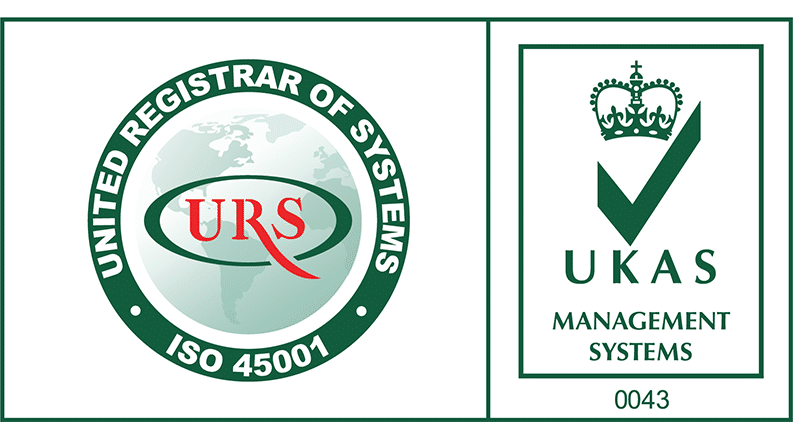
09/08/2023
When buying energy ratings come in various formats, serving the purpose of aiding us in making informed decisions regarding the enduring operational expenses and carbon emissions associated with the products we utilise. However, these ratings may occasionally be misconstrued despite their intention to assist.
SEER = Seasonal Energy Efficiency Ratio
SCOP = Seasonal Coefficient of Performance
What is the difference between SEER & SCOP
SEER is an energy index used for chillers, encompassing all machines designed for air-cooling purposes. On the other hand, SCOP serves as the energy index for heat pumps, which includes machines specifically intended for water or air heating applications.
What is a good SCOP rating?
The SEER measures the heat pump’s seasonal cooling performance, which can vary based on its location. A SEER rating between 8 and 10 is considered good, and higher SEER values indicate more efficient cooling capabilities for the heat pump.

Image Source: FUJITSU GENERAL
Where can I find the SEER/SCOP rating
The energy label is located within the outdoor unit’s box. Both the SEER / SCOP rating and the energy label must be clearly visible on all product literature, data sheets, and websites. Additionally, any dealer or wholesaler showcasing the outdoor unit must present the energy label alongside it.
EER & COP
Energy Efficiency Ratio (EER) and Coefficient of Performance (COP) are two distinct metrics used to measure energy efficiency in different systems. EER is typically applied to evaluate the efficiency of air conditioners and refrigeration units. It is calculated by dividing the cooling capacity of the device (in British Thermal Units, BTUs) by the power input (in watts) at a specific outdoor temperature. A higher EER value indicates better energy efficiency, as the system can produce more cooling output per unit of electrical energy consumed.
What’s the difference between SCOP/SEER & EER/COP?
SEER and SCOP are seasonal metrics that measure energy efficiency over an entire cooling or heating season, considering varying outdoor temperatures. They provide a more comprehensive view of efficiency. In contrast, EER and COP are single-point metrics that measure efficiency at a specific temperature, making them less representative of real-world conditions.
How to tell the efficiency?
SEER, SCOP, EER, and COP ratings are typically given as numerical values. These values represent the efficiency level of the evaluated cooling or heating system.
What does this mean for you?
Seasonal efficiency calculations give consumers a user-friendly performance rating when purchasing heating or cooling devices. The updated energy label introduces several classifications, ranging from A+++ to G, represented by varying colour shades, from dark green (signifying the most energy-efficient) to red (representing the least efficient).
The new label includes the seasonal efficiency ratings for heating (SCOP) and cooling (SEER) and provides information on the device’s annual energy consumption and sound levels. This comprehensive data empowers consumers to make well-informed decisions about their energy-efficient and noise-conscious choices.
Energy Efficiency Comparison
These ratings help consumers compare different models and choose systems that provide better energy efficiency throughout the entire season.
Long-Term Savings
Higher SEER and SCOP values indicate greater energy efficiency, leading to potential long-term energy cost savings. By selecting systems with higher SEER/SCOP ratings, consumers can expect reduced energy consumption and lower utility bills, making it a more financially sustainable choice in the long run.
Environmental Impact
Cooling and heating systems with higher SEER/SCOP and EER/COP ratings are more energy-efficient and, as a result, have a reduced impact on the environment. Lower energy consumption means lower greenhouse gas emissions, helping consumers contribute to environmental conservation and sustainability efforts.
Regional Considerations
The choice between SEER and SCOP or EER and COP ratings may depend on the climate of the region where the system will be used. Consumers in warmer climates might prioritise SEER (cooling efficiency), while those in colder regions may focus more on SCOP (heating efficiency) to optimise the system’s performance according to their specific needs.
Informed Decision Making
These standardised ratings give consumers an objective and comparable basis for evaluating different cooling and heating systems. Consumers can refer to these ratings when purchasing appliances to identify models that align with their energy-saving goals and requirements.
How Carlton can help with your seasonal energy efficiency ratings
At Carlton Services, we offer diverse energy-efficient systems from renowned brands like Daikin, Mitsubishi Heavy Industries, Hitachi, Panasonic, and more. Our expertise extends to installation, maintenance, and sales, ensuring that every HVAC system is set up to the highest standards with minimal disruption to your ongoing operations.
If you find yourself perplexed by SEER or SCOP requirements for your appliances, rest assured that our highly accredited and qualified engineers are ready to assist. We are dedicated to answering your questions and supporting your energy efficiency goals. Don’t hesitate to get in touch with us to learn more.














